✉️ info@dentaloasisofoc.com ☎ (714) 894 - 7700
Digital Dentistry
3D Digital Scanner CEREC (Same-Day Inlay, Onlays, and Crowns)
CEREC stands for Chairside Economical Restoration of Esthetic Ceramics. It's a sophisticated system that has revolutionized dental procedures, particularly in the field of dental restorations, allowing dentists to quickly restore damaged teeth with natural-colored ceramic fillings, saving patients time and inconvenience.
One of its most groundbreaking features is its 3D digital scanning. Instead of the traditional method of taking molds, which can be uncomfortable and time-consuming, the CEREC system uses a special camera to take accurate 3D digital images of your dental structure. This not only ensures a precise fit for restorations but also makes the patient's experience more pleasant.
3D CBCT Scan
CBCT stands for Cone Beam Computed Tomography. It's a specialized type of X-ray machine used in situations where regular dental or facial X-rays are not sufficient. Unlike traditional X-rays, CBCT scans can provide 3D images of the dental structures, soft tissues, nerve pathways, and bone, all in a single scan.
The CBCT machine rotates around the patient, capturing images using a cone-shaped X-ray beam. These images are then processed by a computer to produce a 3D image of the internal structures of the patient's craniofacial region. The scans offer detailed and high-resolution images, which are crucial for accurate diagnosis and treatment planning.
3D Printing
3D Printing, also known as additive manufacturing, has emerged as a game-changer across various industries, and dentistry is no exception. The ability to produce precise, custom-fitted dental devices quickly and efficiently not only helps provide same-day dentistry, but also more accurate crowns and bottom-up fabrication of inlays, onlays, and crowns providing beautifully bonded and sealed restorations.
3D Printing involves creating three-dimensional dental objects from digital models. The process generally begins with a digital scan, often using a CBCT scanner or a dental scanning device. This scan produces a 3D digital model, which is then used to design the dental appliance or device. Once the design is complete, it is sent to the 3D printer, which layers material (often resin or ceramic-based) to create the final object.
Hours
Mon - Thurs: 8am - 5pm
Friday: Closed
Saturday: Closed
Sunday: Closed
Contact Us
Quick Links
© All Rights Reserved | Dental Oasis Of Orange Country | Privacy Policy


